The Bird’s Head Peninsula is part of the large island of New Guinea. It is located in the northwest of New Guinea and belongs politically to Indonesia (West Papua). For rainbowfish enthusiasts, it is currently the holy land, as the Bird’s Head Peninsula is a hotspot of diversity for this group of fish. The most well-known rainbowfish from there is the blue-yellow Melanotaenia boesemani. Almost all species only occur in a comparatively small or very small area, although it should be borne in mind that it is anything but easy to travel there and collect fish. Nevertheless, it is important to take a very close look at the population development of the fish in the region. Due to the Indonesian resettlement policy, which consists of creating a great incentive for people from overpopulated regions (especially on Java) to move to sparsely populated areas, many new residents come to the Bird’s Head Peninsula, bringing their favorite food fish with them. These are mainly African cichlids (Tilapia), snakeheads (Channa striata) and gourami (Trichogaster trichopterus). These are released locally and pose an extreme risk of extinction for the native fish fauna; invertebrates and aquatic plants are of course also affected.
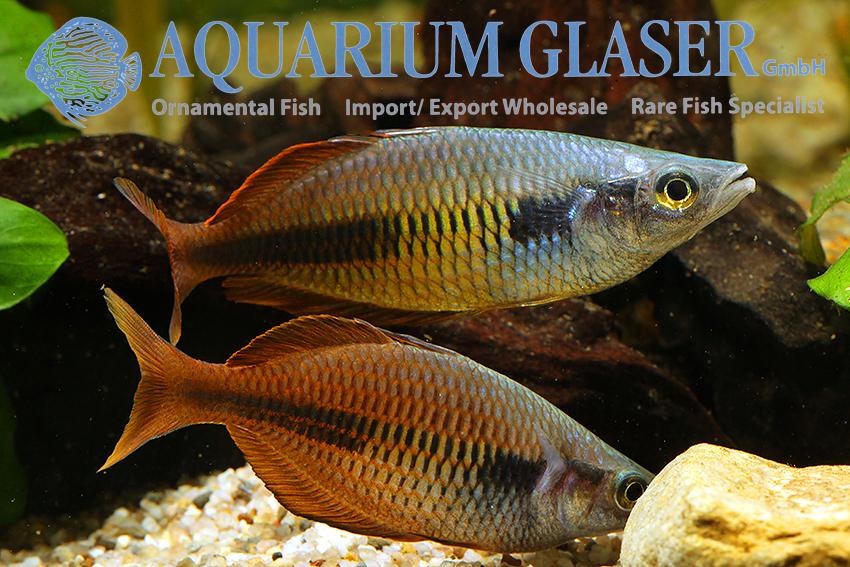
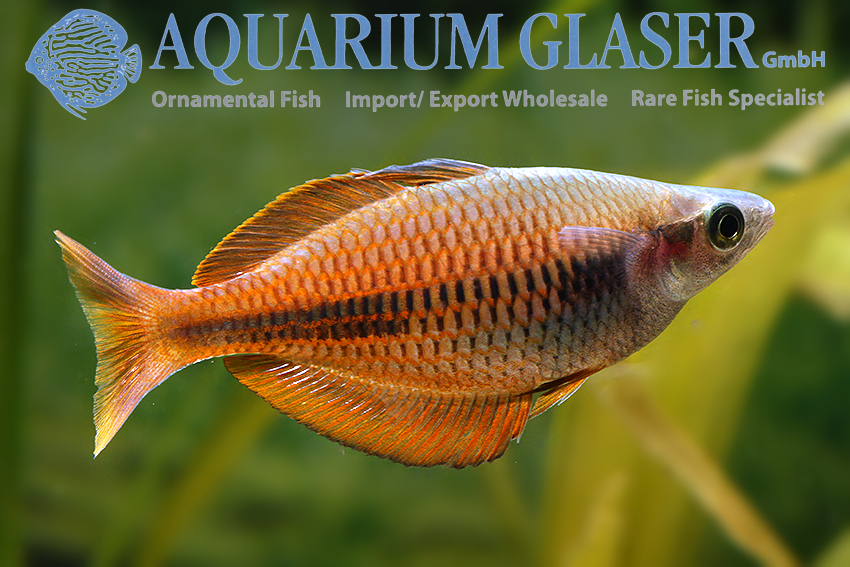
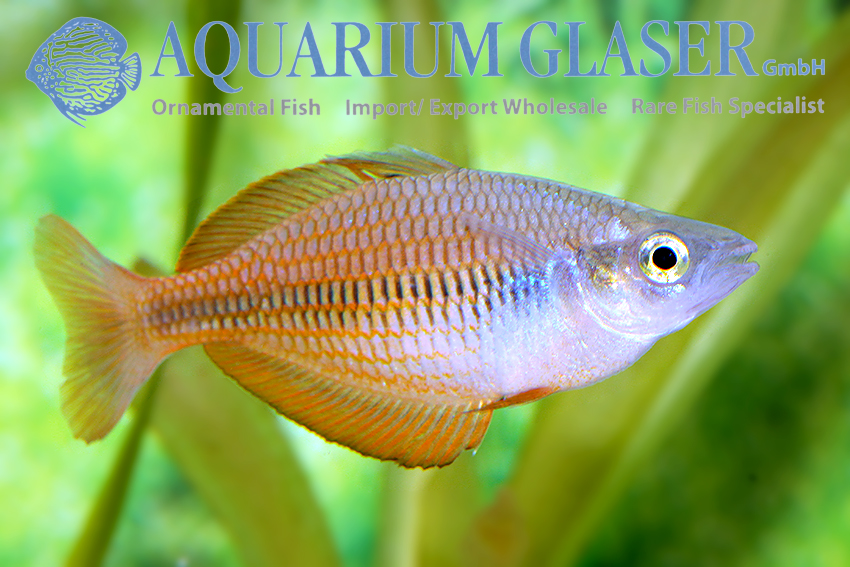
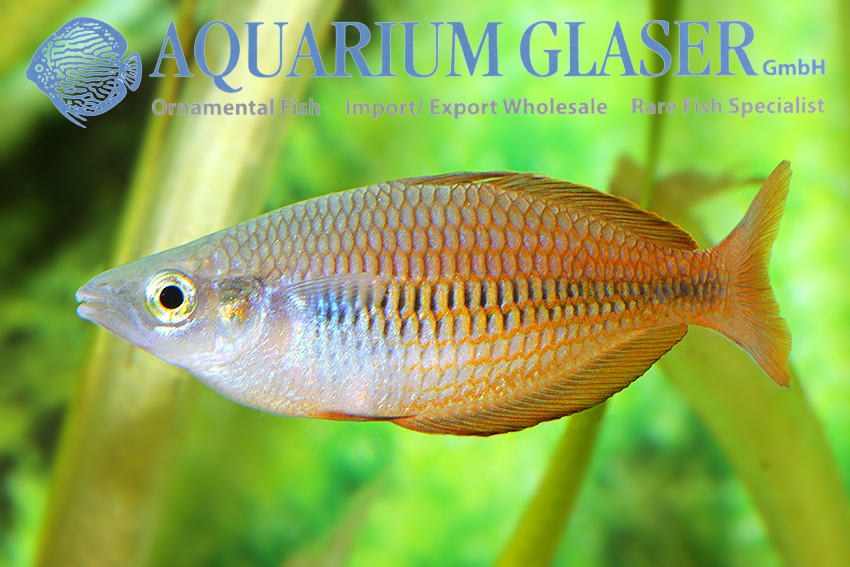
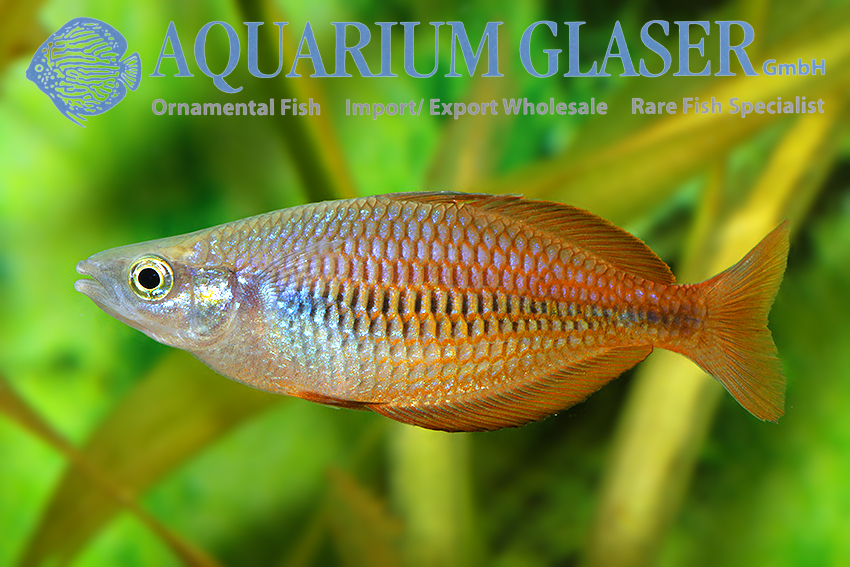
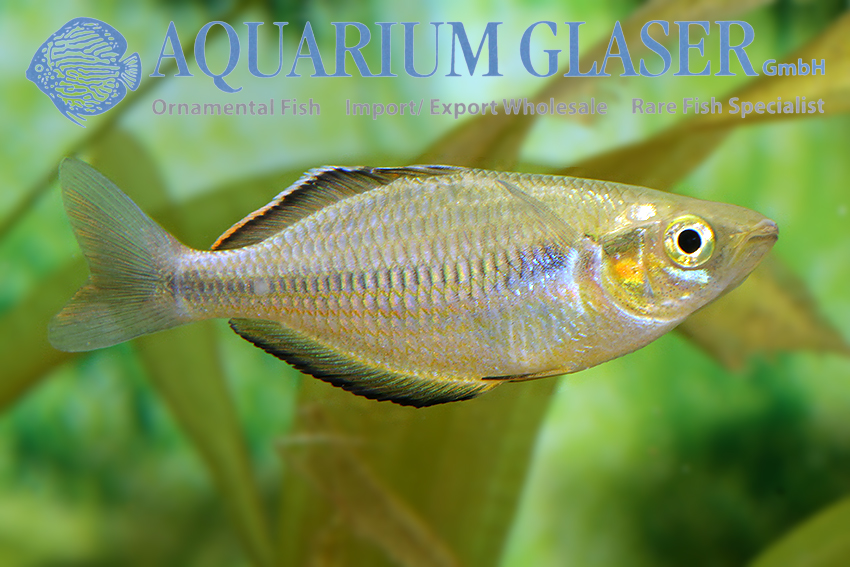
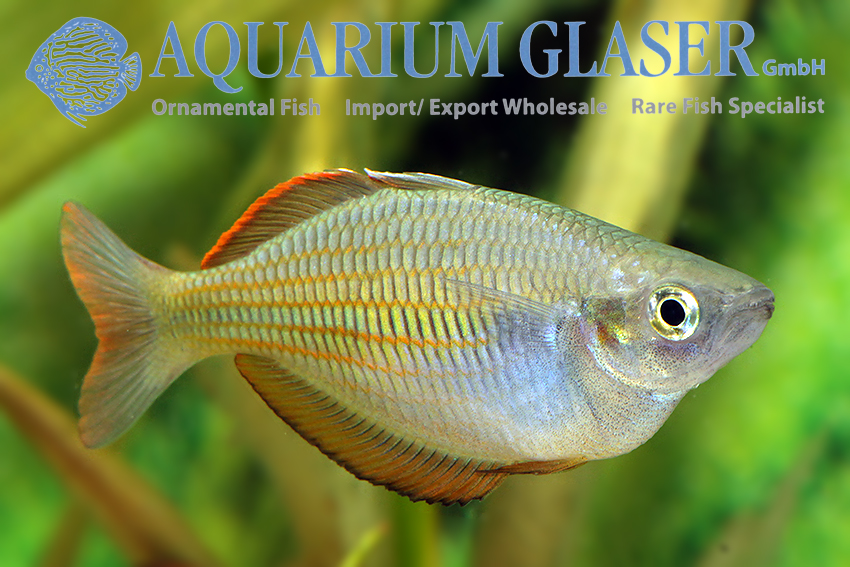
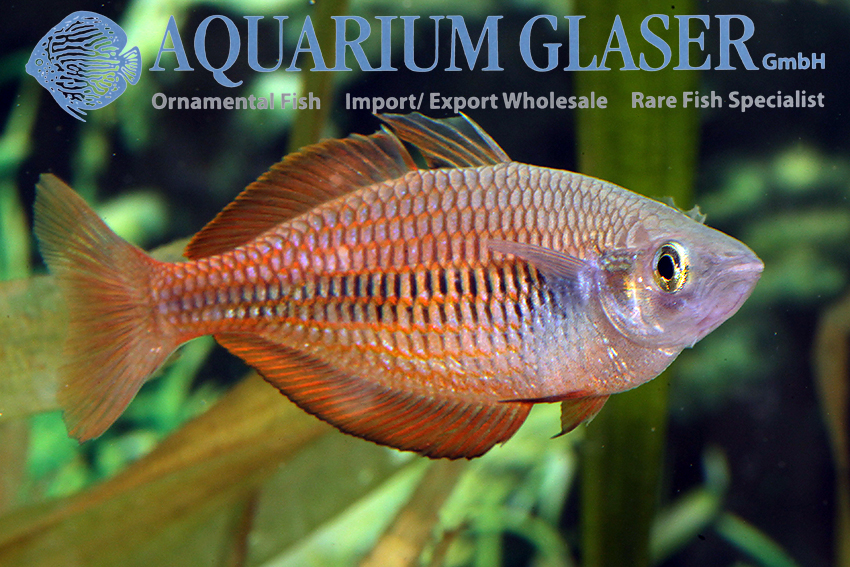
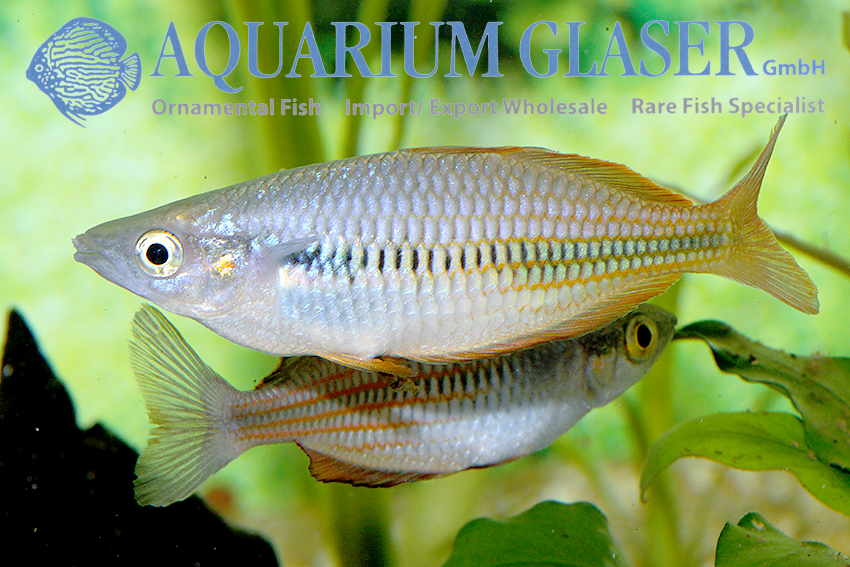
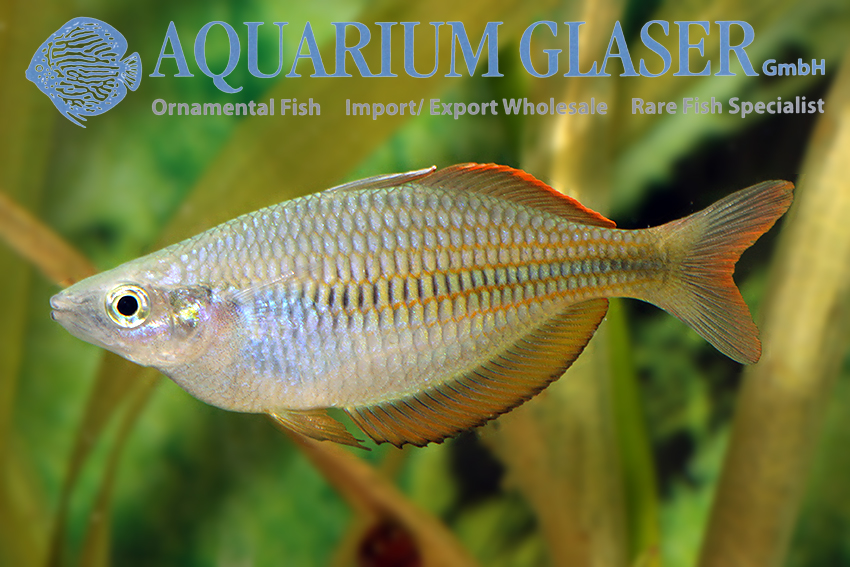
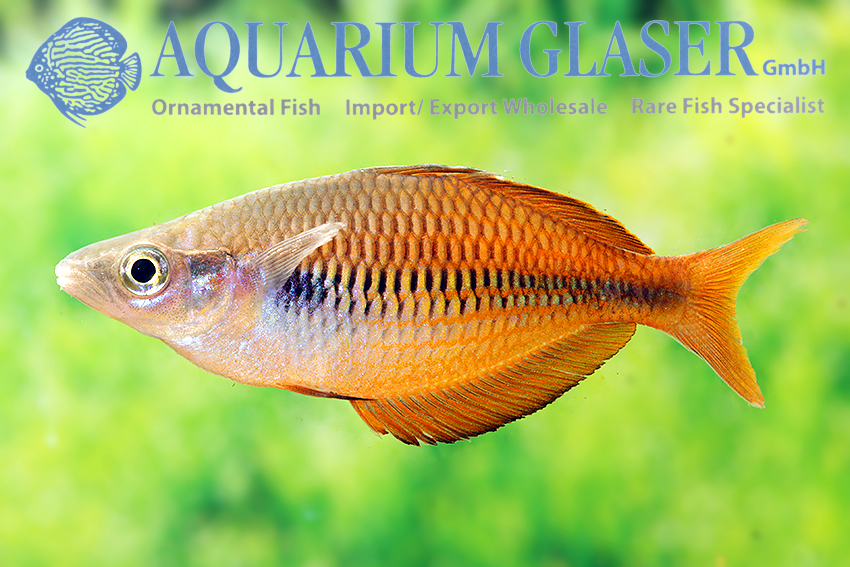
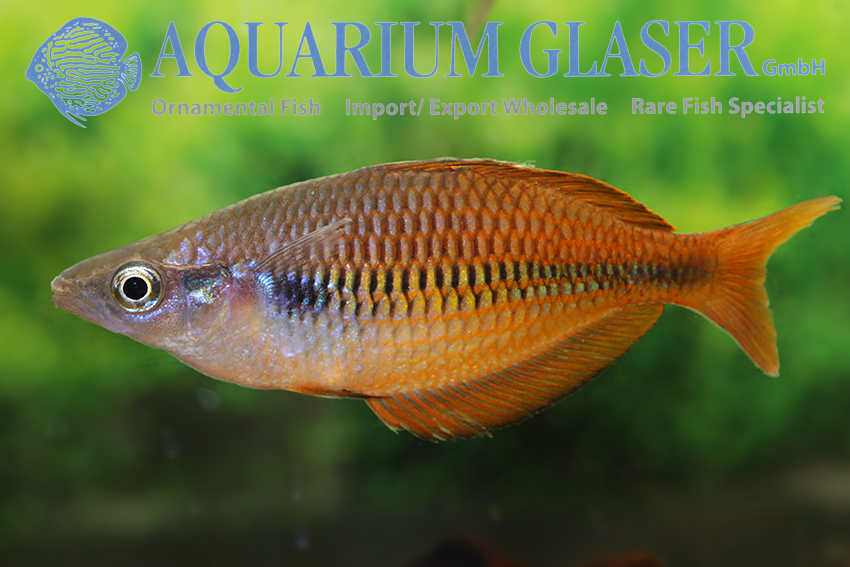
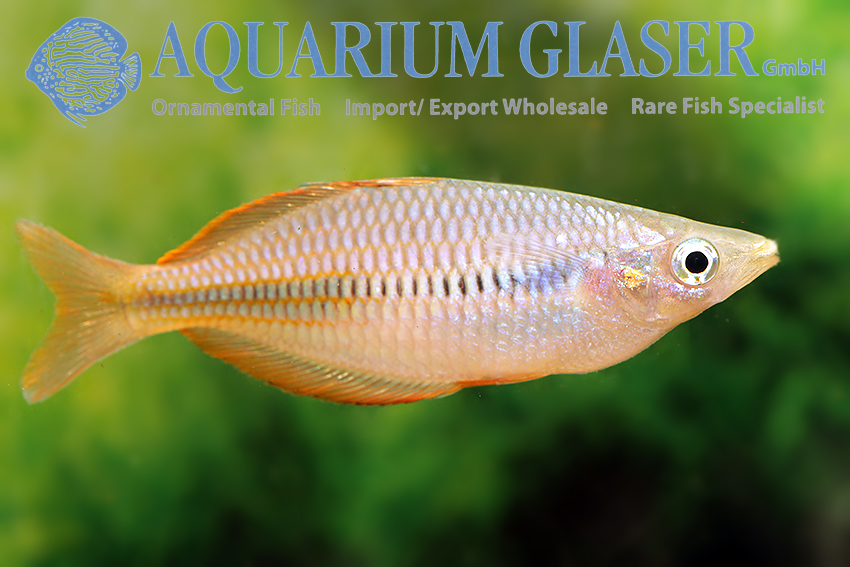
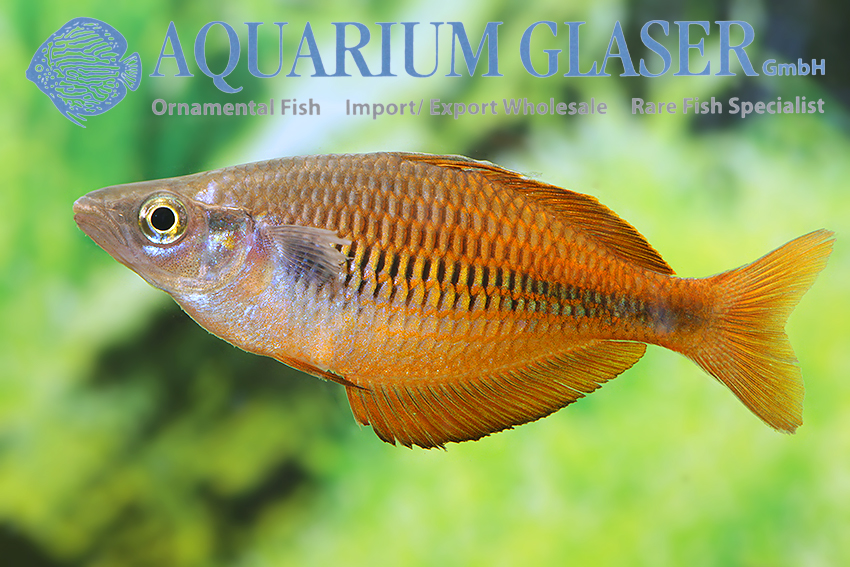
One of the brightest stars of the birdhead rainbowfishes is Melanotaenia fasinensis. This beautiful fish was scientifically described in 2010 and first collected alive in 2013 by Hans-Georg Evers and Jeffrey Christian. The species name “fasinensis” refers to the river (in Indonesian, a river is called Sungai) Fasin. Since then, many rainbow fans have been dreaming of this magnificent species, which is obviously tricky to breed on a large scale.
Observing these beautiful fish in the aquarium, one involuntarily thinks of a chameleon, as they change color quickly and frequently. This and the difficulty in distinguishing the sexes are certainly the reasons why this fish is still comparatively rare and expensive. Of course, every child can recognize a mating male by its magnificent red-orange colouring, but discoloured animals (e.g. when caught) do not make it easy for the observer. In addition, there are obviously slender and high-backed males, but also high-backed females; in many other Melanotaenia species only the males are high-backed. Apart from that, however, we think it is only a matter of time before these beauties are available at affordable prices for all interested aquarists.
For our customers: M. fasinensis has code 427494 on our stocklist. Please note that we only supply the wholesale trade.
Text & photos: Frank Schäfer




